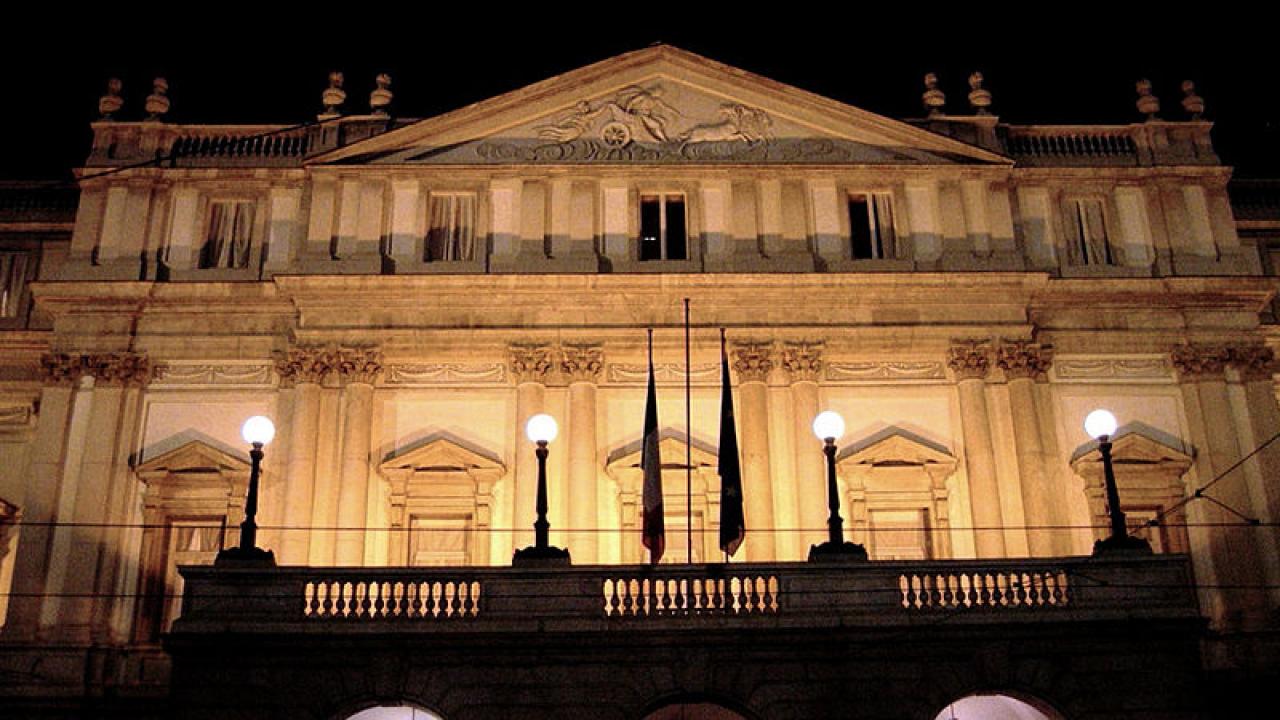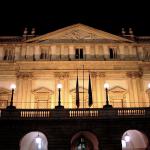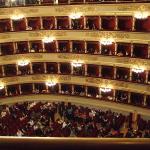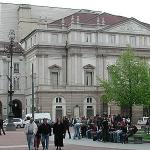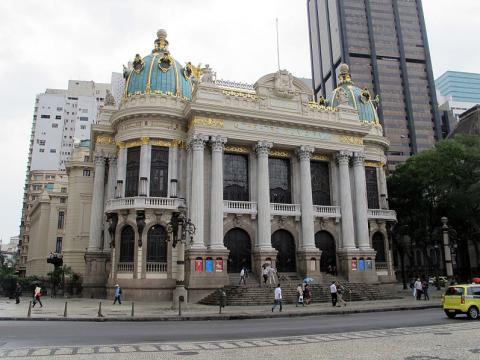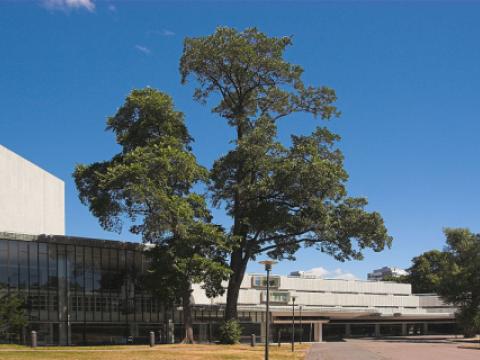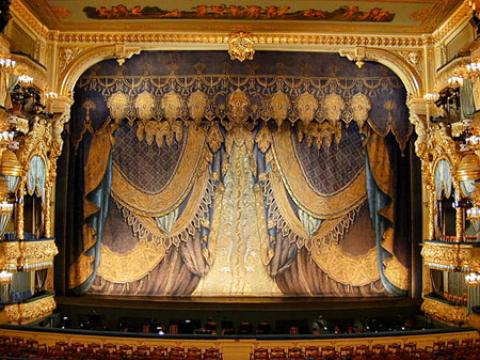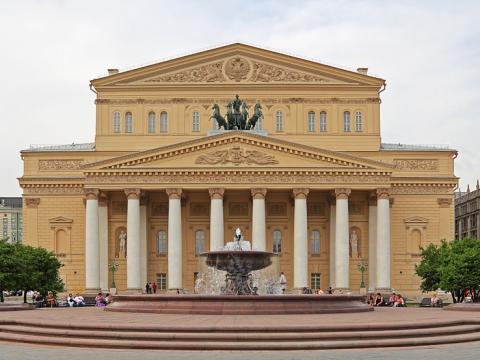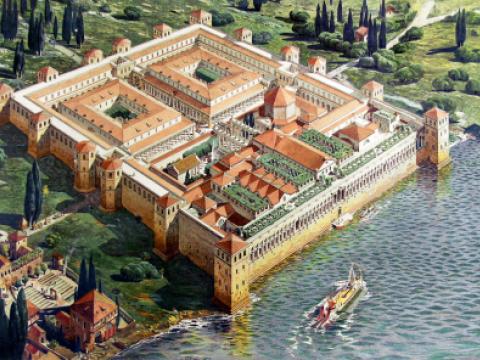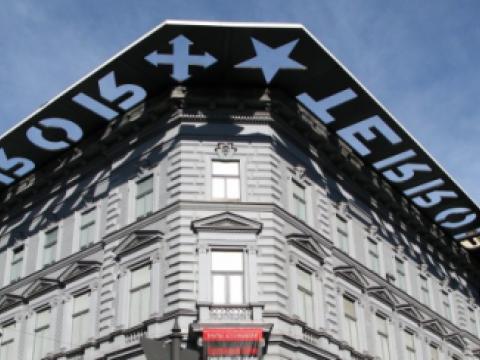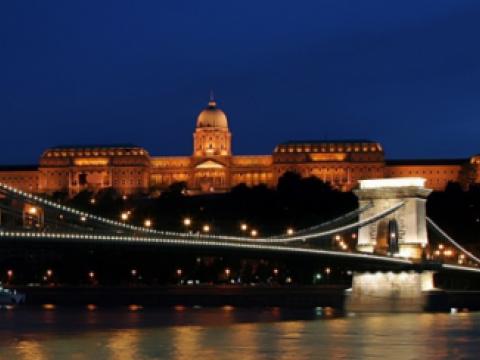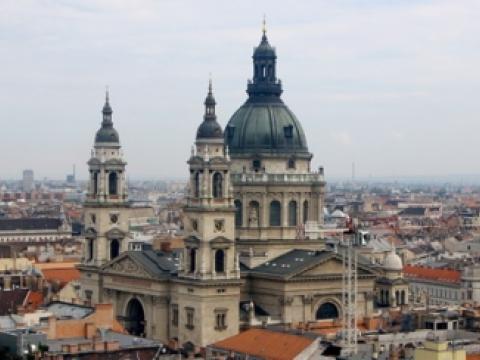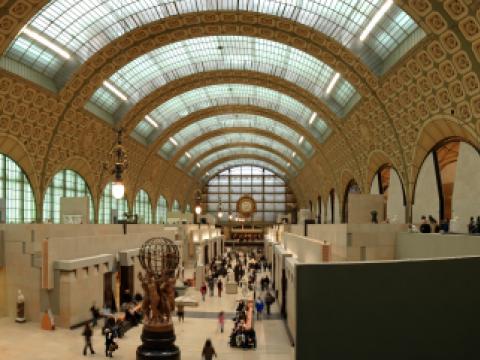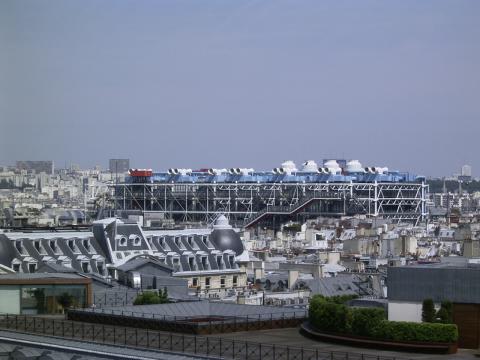Location
One of the most renowned opera houses in the world. It first opened in 1778 and re-opened in 2004 after extensive renovation. Most of Italy's greatest operatic artists, and many of the finest singers from around the world, have appeared at La Scala during the past 200 years. Today, the theatre is still recognised as one of the leading opera and ballet theatres in the world and is home to the La Scala Theatre Chorus, La Scala Theatre Ballet and La Scala Theatre Orchestra. Attending an opera in La Scala is a top experience for opera fans but you'll need to book in advance.
La Scala's museum has a collection of musical instruments and portraits and busts of musicians and you can view the auditorium from boxes and the backstage area.
Reachable by subway: MM1 and MM3 Duomo Station.
Open daily except holidays, 9-12:30 and 1:30 to 5:30pm.
Prices vary from 20€ to 210€ depending on the seat.
Tip: There are cheap tickets (10 EUR in 2011) that can be bought for many of the performances. Go latest by noon to the ticket office and ask about them. You will be given a number and noted on a list, and you'll have to go back later to get the tickets.







